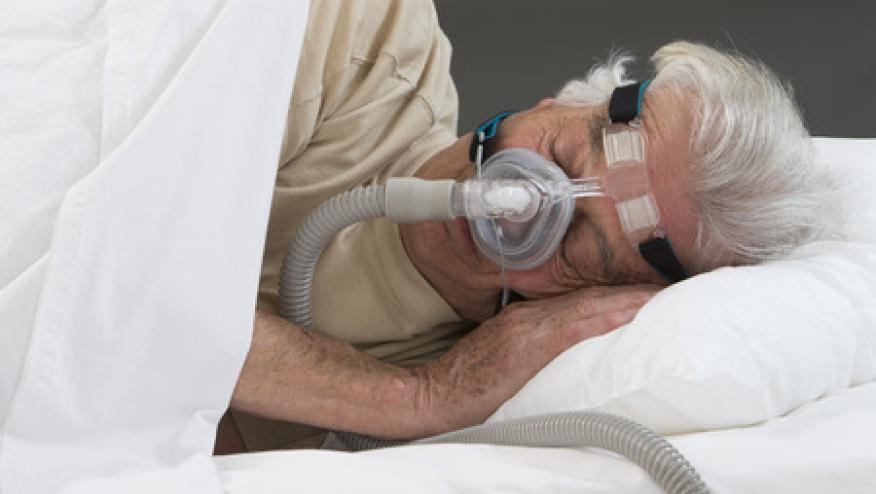AASM Guidelines for Sleep Apnea Testing Save

A task force from the American Academy of Sleep Medicine (AASM) performed a systematic review of the scientific literature on obstructive sleep apnea and screening tests.
Nearly 30 million adults in the United States have OAS. Moreover the majority of OSA remains undiagnosed. It is characterized by recurrent complete (apnea) or partial (hypopnea) obstruction of the upper airway during sleep, resulting in snoring, intermittent hypoxemia and hypercapnia, and sleep fragmentation.
Major recommendations
- Screening questionnaires and prediction algorithms should not be used to diagnose OSA in the absence of polysomnography or home sleep apnea testing (HSAT) (moderate evidence; strong recommendation).
- Facility-based polysomnography or HSAT with a technically adequate device should be used for diagnosis of OSA in uncomplicated adult cases with suspected moderate to severe OSA (moderate evidence; strong recommendation).
- Facility-based polysomnography, rather than HSAT, should be used for diagnosis of OSA in complicated cases (those with significant cardiorespiratory disease, potential respiratory muscle weakness due to neuromuscular condition, awake hypoventilation or suspected sleep-related hypoventilation, chronic opioid medication use, history of stroke, or severe insomnia) (very weak evidence; strong recommendation).
- When facility-based polysomnography is used, a split-night (rather than full-night) diagnostic protocol should be used for diagnosis of OSA (low evidence; weak recommendation).
The US Preventive Services Task Force has stated that there is insufficient evidence to support routine screening for OSA in asymptomatic adults.










If you are a health practitioner, you may Login/Register to comment.
Due to the nature of these comment forums, only health practitioners are allowed to comment at this time.